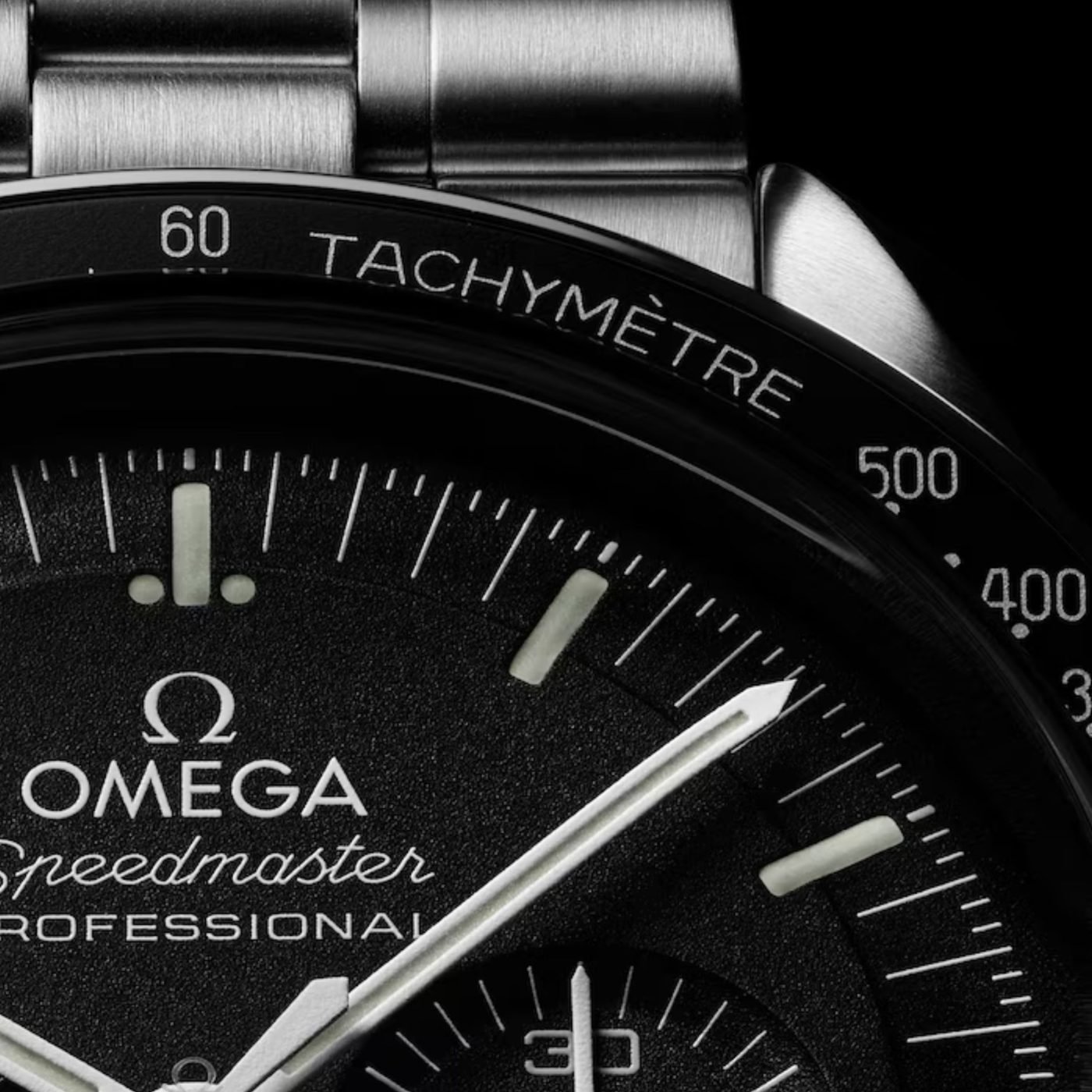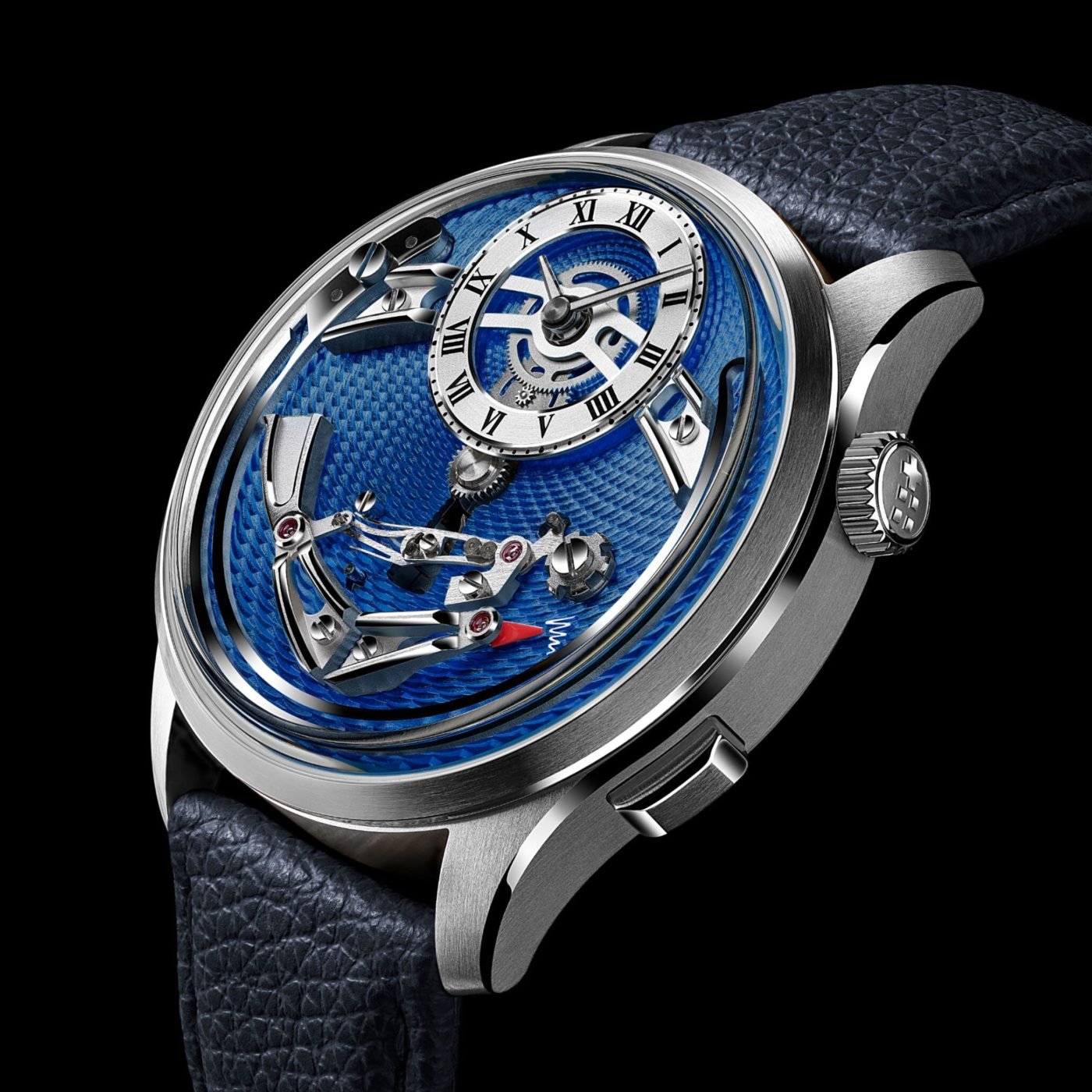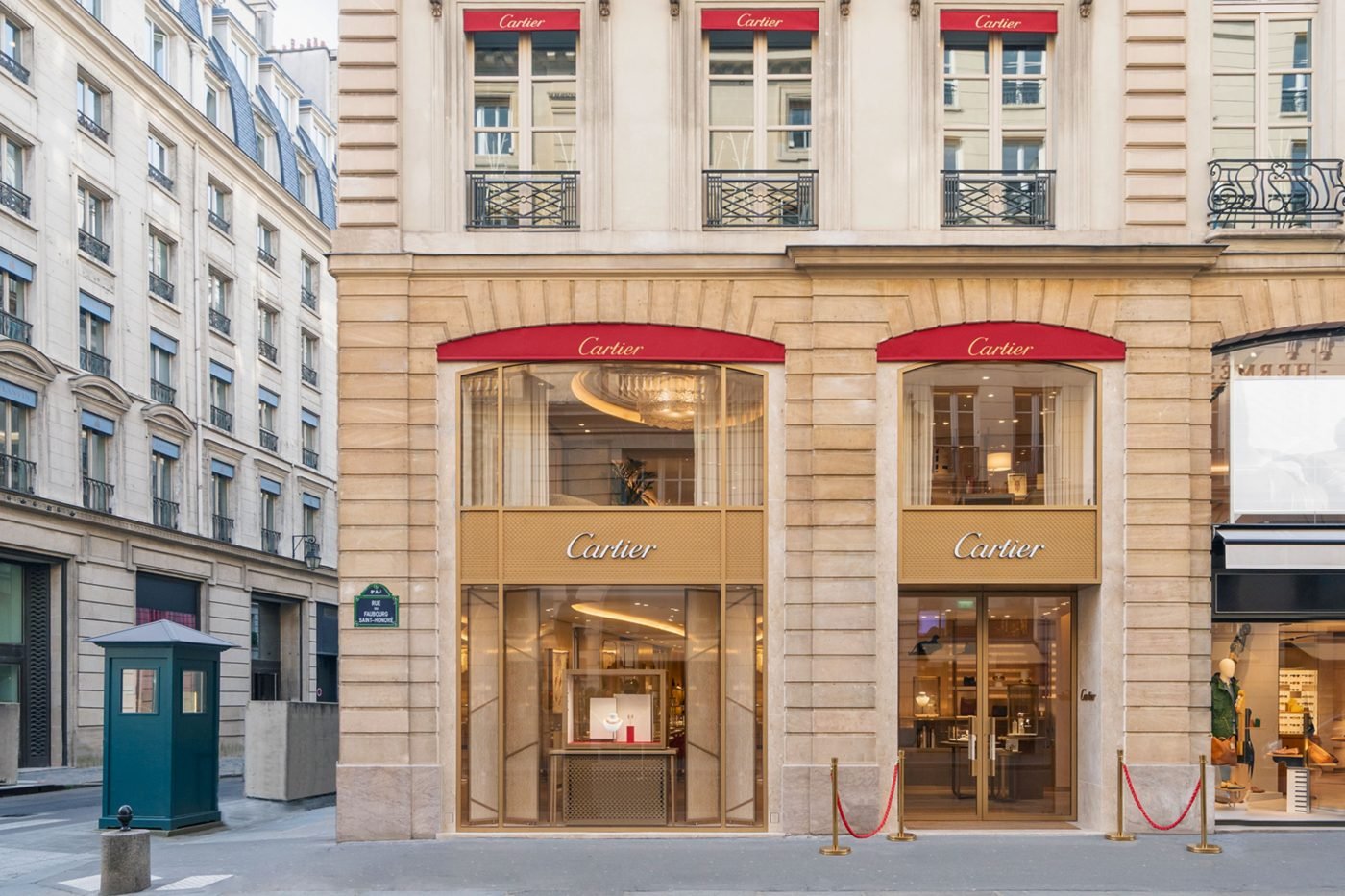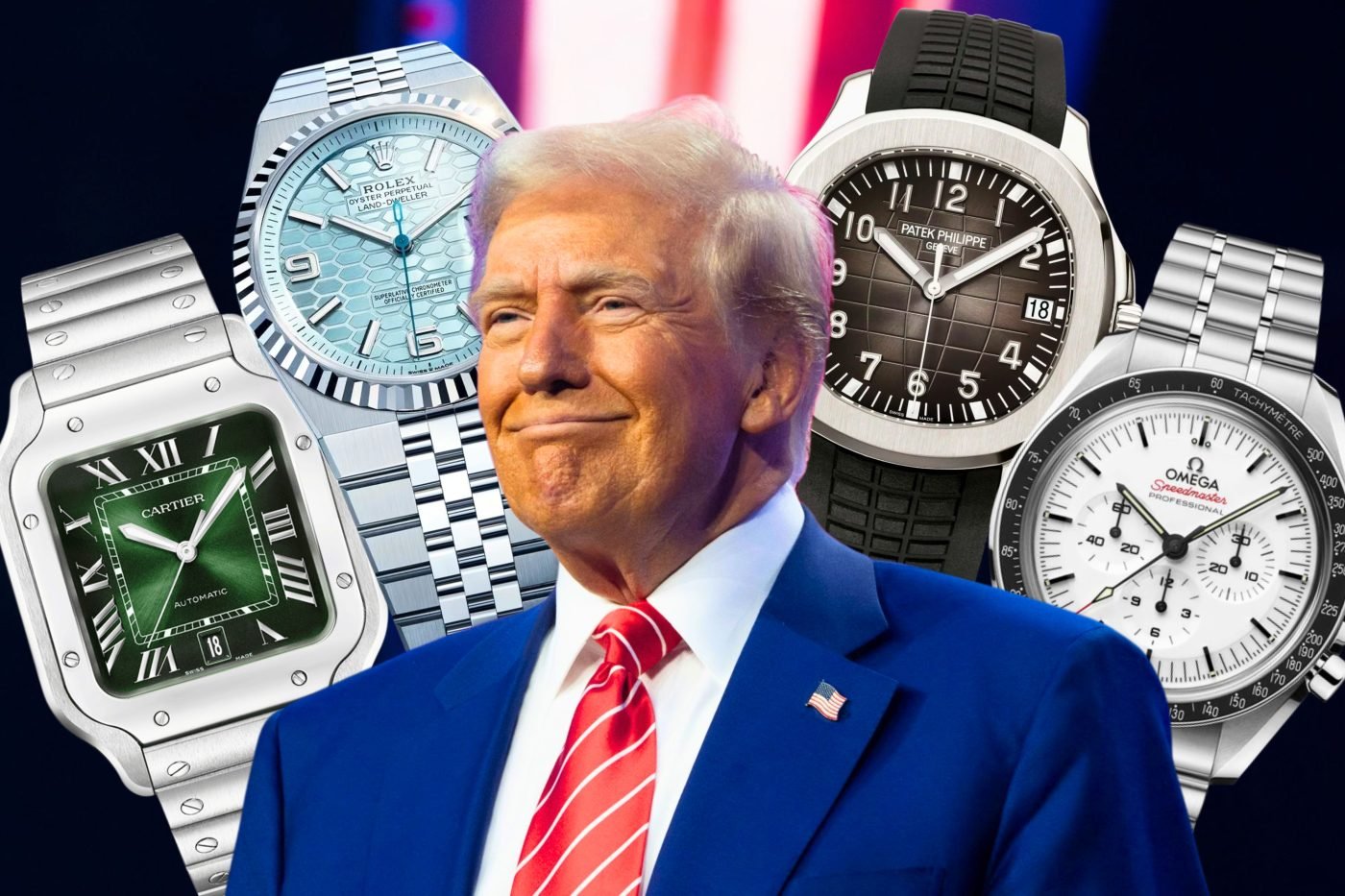- The US slapped a 39% tariff on Swiss watches, hitting exports hard and forcing brands to juggle between protecting margins and keeping buyers onboard.
- Global parity pricing means Australians and Europeans face higher costs even without tariffs, while retailers in the US are being squeezed hardest.
- Collectors are pivoting to permanence: vintage grails, independents, and secondary market buys are emerging as safe havens in a turbulent global market.
The Swiss watch industry has just been blindsided by one of the sharpest tariff hikes in its history. Trump’s second term as President of the United States was meant to bring more gold to the White House, promising gilded ballrooms and an embellished Oval Office. But it’s now abundantly clear that the promised riches were exclusively confined to the intimate corners of Washington.

On 7 August, the US government imposed a 39% duty on all Swiss-made timepieces, a figure that dwarfs the long-standing 2–3% baseline and piles on top of new 10% and 29% hikes earlier this year. For an industry where the United States represents the single largest market (importing more than $5 billion USD worth of Swiss watches annually) the move has seismic consequences across the board.
The “what” is clear: higher sticker prices, squeezed margins, and nervous retailers looking at the numbers turning red ahead of this year’s Christmas party. But the “why” is more opaque.
Washington says it’s about rebalancing trade, taking money back from entities that have exploited them for too long. Geneva, of course, says it’s a political stunt that unfairly targets watches, while Big Pharma continues to enjoy exemption (and would represent a larger catch). But that’s another story for another day.
Curated news for men,
delivered to your inbox.
Join the DMARGE newsletter — Be the first to receive the latest news and exclusive stories on style, travel, luxury, cars, and watches. Straight to your inbox.
For buyers, it means one thing: the cost of a Rolex, OMEGA, Patek Philippe, Cartier and Breitling just got a whole lot steeper. Let’s break it down, shall we?
The United States
Nowhere has the hit been felt harder than in the United States. Retailers rushed to stockpile inventory in April and July, anticipating the inevitable price hikes that have swept across the biggest watch brands in the luxury market. But that buffer is now gone.

Imports fell 24% in August, leaving stores caught between higher landed costs and brands walking the fine line as to pass on the full tariff to consumers or absorb it in Geneva.
Swatch Group capped its increases at 6–10%, forcing authorised dealers to swallow thinner margins. A steel Speedmaster Moonwatch has crept from $8,400 to $9,000 USD, while Moonshine gold editions jumped by more than $1,000. Patek Philippe has gone further, lifting prices around 15%, while Rolex and Audemars Piguet have so far delayed their response. Somehow I doubt that restraint will last the winter.
Australia
Australia isn’t directly affected by tariffs, but the pain felt across the sector will inevitably reach this growing market. It’s all connected, after all.
Global maisons adjust their pricing to stop opportunists hunting bargains across borders. If a Daytona jumps in New York, it won’t be long before Sydney follows suit. It keeps the playing field level, but it also means Australian collectors end up paying more even without local tariffs.

That’s on top of inflation, a surging Swiss franc and a 27% spike in gold prices. Retailers like Julian Farren-Price describe it as a “normalisation” after the pandemic boom, but with tariffs forcing overseas increases, the knock-on effect is unavoidable here too.
The one glimmer of hope is supply: if American demand softens, Australians might finally see more stock of hard-to-get pieces like the GMT-Master II or Nautilus arriving on Sydney and Melbourne shelves.
The United Kingdom
In the UK, the story is slightly different as tariffs aren’t hitting locally, but price increases on precious metals have already made their mark. Rolex prices have risen around 8% since January, a deliberate push by Rolex to reinforce its hierarchy.

British watchmaker Christopher Ward has turned the situation into an opportunity, restructuring its US distribution so tariffs apply on wholesale rather than retail values. By doing so, it rolled back American pricing by almost 29%, effectively shielding its customers from the duty. It’s a play that makes the Geneva heavyweights look inflexible by comparison.
Europe
Europe isn’t taking the direct hit from tariffs, but its watchmakers certainly are. August exports fell sharply overall, with shipments to the US down about a quarter, meaning less inventory is leaving Swiss warehouses for American authorised dealers.
Add in parity pricing across boutiques in Paris, Milan and London, and models like the Rolex GMT-Master II or Santos de Cartier will soon carry the same price tags you’d find in New York.

For Richemont and LVMH, this is both risk and strategy. Jewellery divisions are still showing growth, but watch sales remain sluggish. Inflation across Europe leaves little room for further hikes, yet the need to maintain exclusivity means they’re coming anyway.
If US sales soften, some of that stock could be redirected to Europe, making it easier to get hold of top models. The catch is that they’ll still be more expensive. For Swiss makers navigating this volatile market, the choice is simple but painful: either keep prices down and make less money on each watch, or raise prices and risk selling fewer of them in their biggest market.
Asia
Asia is a tale of two markets. Mainland China continues to weaken, with exports down 36% in August, extending a slump that’s been building since the post-pandemic boom cooled. Hong Kong, on the other hand, is still proving its strength at the high end.
At a recent Phillips auction, collectors dropped over $212 million HKD on vintage Daytonas and Pateks, showing that permanence remains the ultimate flex. Gen Z is also stepping into the space across Asia, treating Rolexes, Speedmasters and Royal Oaks as cultural currency, often worn alongside Apple Watches. That dual citizenship says more about the future of collecting than any quarterly sales update from Geneva.
A Global Market Under Pressure
The result is a watch market ultimately fracturing under the sheer weight of Trump’s global influence. Retailers in the US are being forced to eat their own margins. Australian and European buyers are footing higher bills in the name of solidarity and Chinese demand is shaky.
And through it all, collectors are starting to shift sentiment, pouring money into watches with permanence, like grail pieces, independent watch brands that command a more accessible price point, and vintage staples that feel like safe havens in an unpredictable market.

The future, unfortunately, is no longer clear in this Brave New World. For Australians, the luxury pieces that have sat in shopping carts for far too long could finally become available (Rolex retailers are already starting to chase clients for forgotten pieces). But for the rest of the world, the landscape feels less forgiving.
It seems Switzerland’s long-standing reputation on impartiality is no longer insulated from the politics of the world.

